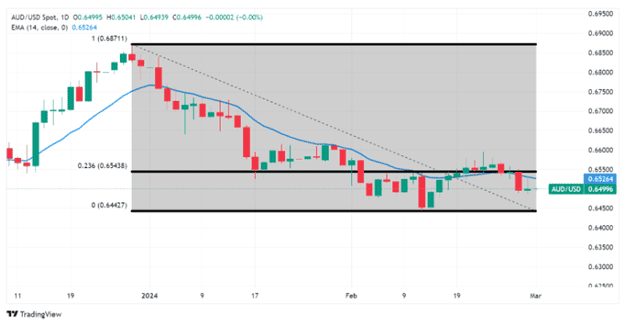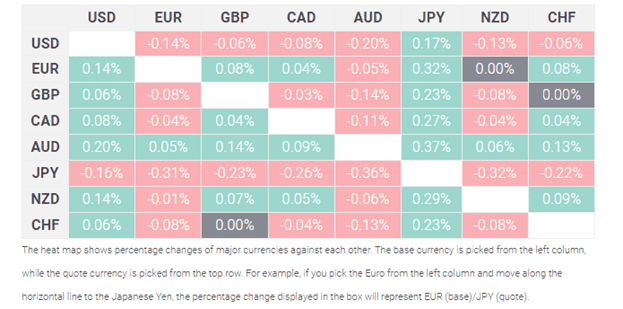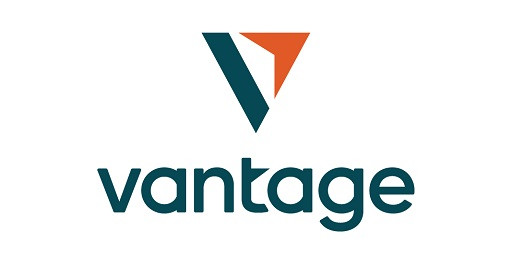- The Australian Dollar strengthened in response to the increase in the S&P/ASX 200 Index.
- Australian share market surged to new record highs, buoyed by gains in Wall Street overnight.
- Chinese Manufacturing PMI declined to 49.1, and Non-Manufacturing PMI improved to 51.4 in February.
- The US Dollar Index (DXY) maintains stability amid the improved US Treasury yields.
Due to overnight advances on Wall Street and an increase in the S&P/ASX 200 Index to fresh record highs, the Australian dollar (AUD) is still rising on Friday. Nevertheless, the US Dollar (USD) rose after the Federal Reserve’s favorite inflation indicator, the US Personal Consumption Expenditures – Price Index, was released on Thursday, meeting expectations and causing some retracement in the AUD/USD pair.
Following the release of Australia’s Retail Sales and Private Capital Expenditure figures on Thursday, the Australian dollar saw an increase. Furthermore, Australia’s manufacturing sector showed a slight rise, according to the Judo Bank Manufacturing PMI, which increased from 47.7 in January to 47.8 in February.
The US Treasury yield curve is rising, but the US Dollar Index (DXY) is edging lower. The United States’ (US) most recent Gross Domestic Product (GDP) report has caused expectations for the Federal Reserve’s first rate cut to be delayed, which has supported the value of the greenback. With the final US S&P Global Manufacturing PMI for February scheduled for release on Friday, investors’ focus is now on this data.
Daily Digest Market Movers: Australian Dollar improves on higher equity market
- While less than anticipated at 1.5%, the seasonally adjusted Australian retail sales (MoM) increased by 1.1% in January, reversing the prior loss of 2.7%.
- Compared to the previous quarter’s predicted 0.5% and 0.6%, Australian Private Capital Expenditure increased by 0.8% in the fourth quarter of 2023.
- The Australian Monthly Consumer Price Index (CPI) for January remained stable at 3.4%, undershooting the 3.5% market estimate.
- Chief Economist Advisor at Judo Bank Warren Hogan highlighted concerns about the lack of growth in Australia’s manufacturing sector. This observation challenges the idea of an industrial rebound following the pandemic.
- The Chinese Manufacturing PMI decreased marginally from the previous figure of 49.2 in February, although it still met expectations at 49.1. The non-manufacturing PMI increased from 50.7 to 51.4, above the predicted value of 50.8.
- President of the Atlanta Fed Raphael W. Bostic stated that it would take more work to meet the central bank’s 2% inflation target based on recent inflation data.
- Although he declined to provide a precise date, Chicago Fed President Austan Dean Goolsbee said he expects the first rate to decrease later this year.
- John Williams, the president of the Federal Reserve (Fed) in New York, said on Wednesday that although there is still work to be done to achieve the Fed’s 2% inflation target, interest rate reductions this year are still a possibility, pending new data.
- The CME FedWatch Tool predicts that there will be a 3.0% chance of rate cuts in March and estimates that there will be a 23.1% and 52.2% chance of rate cuts in May and June, respectively.
- In January, the US Personal Consumption Expenditure (PCE) Price Index climbed 2.4% YoY, as expected by the market, compared to the 2.6% increase the previous month. Month over month, the index rose by 0.3% as opposed to 0.1% before.
- The Fed’s preferred inflation indicator, US Core PCE (YoY), increased by 2.8% from December’s reading of 2.9, which was in line with expectations. As anticipated, the monthly result increased by 0.4% above the preceding increase of 0.1%.
- In the fourth quarter of 2023, the preliminary US Gross Domestic Product Annualised expanded by 3.2%, just less than the market’s forecast of 3.3% growth.
- In contrast to the 1.5% increase that was anticipated and recorded previously, the preliminary US Gross Domestic Product Price Index (Q4) rose by 1.7%.
- The US Housing Price Index (MoM) rose by 0.1% in December, less than the 0.4% and 0.3% increases that were anticipated.
Technical Analysis: The Australian Dollar trades around the psychological level of 0.6500
On Friday, the Australian dollar is trading close to the psychological mark of 0.6500. The AUD/USD pair may move lower if this level is broken, with a decline towards the region centered around the significant support level of 0.6450 and the low point of February at 0.6442. On the other hand, there is immediate resistance on the upside around the 14-day Exponential Moving Average (EMA) at 0.6526, which is followed by the critical milestone of 0.6550 and the 23.6% Fibonacci retracement level at 0.6543. This resistance zone may be broken by the pair, bringing it closer to the psychological threshold of 0.6600.

(The item was amended on March 1 at 03:27 GMT to read, “Australian share market surged to new record highs,” rather than “capital market,” in the second bullet point.)
Australian Dollar price today
The Australian dollar’s (AUD) percentage change against the main currencies listed today is displayed in the table below. When compared to the Japanese Yen, the Australian dollar was the strongest.

Conclusion
The current conjunction of a soaring S&P/ASX 200 and a weakened US Dollar has tilted the scales in favor of the Australian Dollar. It’s an opportune moment for traders and investors to evaluate their positions and potentially adopt a more AUD-centric approach in their forex portfolios. Deepen your analyses, adhere to stringent risk management, and ride the upward trajectory with confidence. However, always ensure that the dynamic interplay informs your strategy of market forces and is adaptable to evolving conditions. By doing so, you stand to leverage the current market situation into profitable investment outcomes.



















